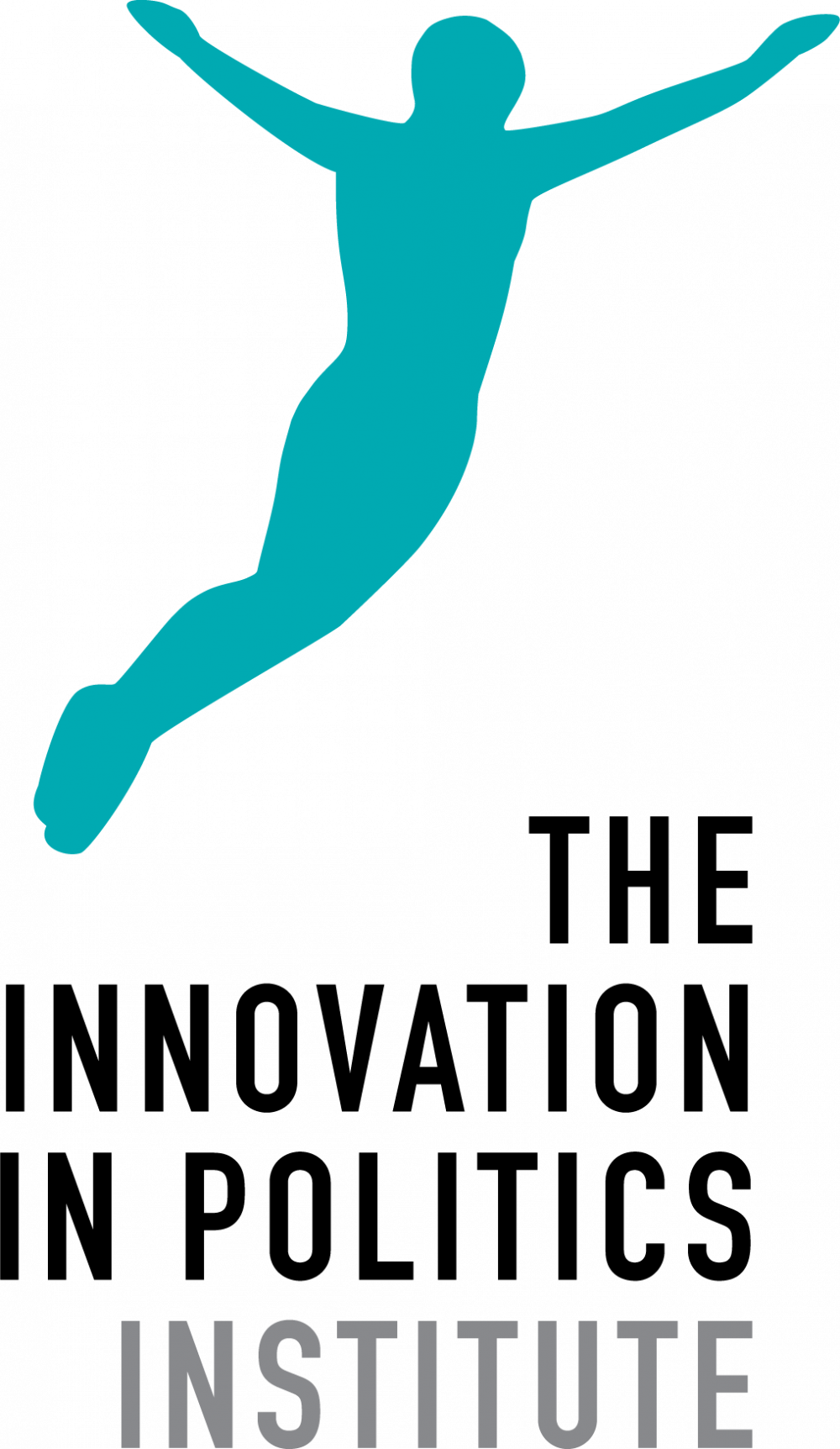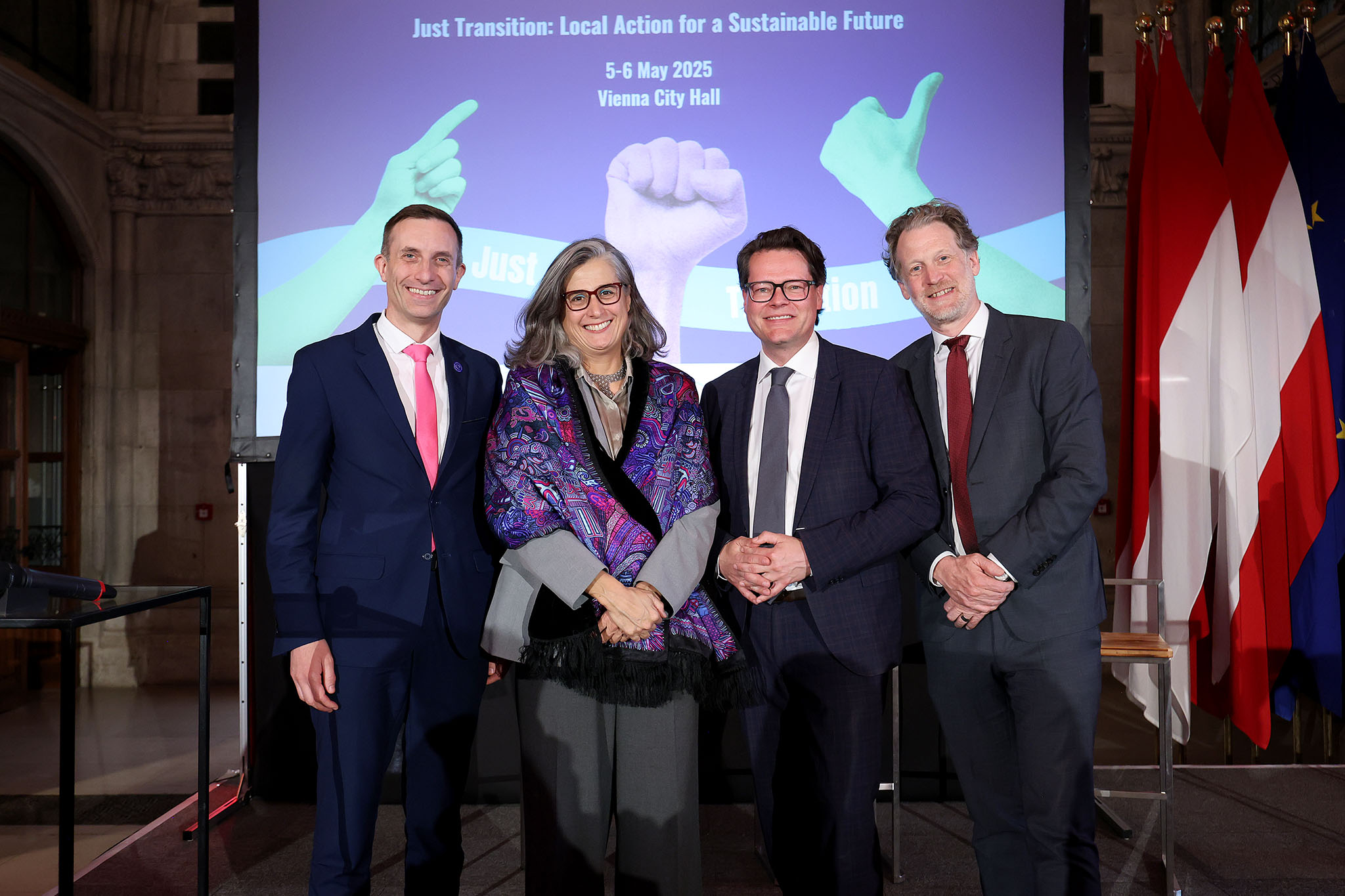Photo: Samuel Groesch / ProjectTogether
The #WirVsVirus hackathon remains the biggest event of its kind ever staged: 28,000 people developed 1,500 solutions in just 48 hours – all organised within a week in March 2020 during the chaotic early days of the pandemic.
Johannes Tödte is Head of Communication at ProjectTogether, one of the organisations behind the hackathon. We spoke to him about what the project can teach us all about large-scale cooperation between citizens, experts, and government.
It has been a year and a half since the hackathon took place. What are the results so far? What were the key learnings?
First of all, there are the projects – around 150 that took part in a very intense implementation programme. They developed solutions for issues such as education, health management, or for the digital transformation in administration and policies.
The biggest learning was this new experience of how the state, citizens, and civil society can work together. We think of #WirVsVirus as a huge experiment. It was a new process for all the participants – on the state or the administration side, but also for the citizens who wanted to make a difference and take part. They experienced a new way of coming together, of really bringing together our different assets even though we come from different parts of society, from different sectors. And we learned that it is possible to tackle the biggest challenges in a very dynamic and open format. We now call this ‘open social innovation.’
The involvement of the German federal government was key to the event’s success. How did they come to be involved?
Their participation came about thanks to the power of networking. Luckily some of our seven organisations had already developed relationships and bonds with people from the government, but it was really during the first days on social media, on Twitter where we discussed this – live, in real time. At ProjectTogether (one of the organisations behind #WirVsVirus), we aim to talk with all institutions and organisations that have leverage in order to really make a difference for a certain problem. That of course includes the state, so we try to build relationships and luckily, there have been some relationships before. We discussed this openly on social media later and luckily, they quickly were convinced to take part in this experiment together with us in light of this huge crisis. If you remember in March 2020, we were all uncertain of how the next weeks, months would develop, and I think that was also a factor in why so many people gathered together.
What’s the most important thing that’s needed to implement a project on such a big scale?
It is important to concentrate on a common mission, because that is really the integrating force. No matter if you come from the state or administration, from civil society or activism – if you have a common mission, then you can really work together.
What was the most surprising aspect of the project for you?
I guess the most surprising, challenging but also inspiring thing was just how huge it was, how many people wanted to participate. 28,000 people in just one small Slack-space. That was really inspiring, and the most surprising thing was how well it worked that so many different people came together in such an open process. Of course, we had help from voluntary mentors and moderators, who helped to coordinate and structure it. It’s really important to structure and coordinate such a huge process in a smart and efficient way. However, it’s also really fascinating to see how people form and shape their cooperation even though it is not planned at all levels.
So because of the huge scale of the hackathon, you had to give up control and let people do their thing – not just because it wasn’t possible to control, but also to get the best results?
Absolutely. The overall logic of administrations is to act according to defined procedures and linear processes, where the outcome is already very clear from the beginning. In an open social innovation programme or a hackathon, it’s the exact opposite. You come together and you don’t know what kind of results you will have. That’s the fascinating thing: If you support people the best way you can by bringing them together regularly, by reminding them what kind of challenges we face, what kind of missions we would like to tackle together, they always form and shape their own purpose. So we can definitely say that control is not about control in the old way. It’s more about support and accompaniment. This was also fascinating with our partners from administration, because so many of them told us they had never experienced this kind of cooperation with citizens before.
Can you give a good example of one project that stands for the impact and sustainability of the hackathon?
One impressive example is the Innovationsverbund Öffentliche Gesundheit (Public Health Innovation Group). At first, several groups and projects from the health sector tackled different problems in the chain of COVID-19 prevention, infection, diagnosis, quarantine, laboratory process, documentation, etc. that emerged around the #WirVsVirus hackathon.
And this is a very interesting group that came together, because it consisted first in distinct projects that all tackled a certain point in the chain. And there were several different solutions in one point of this chain. For example, to digitalise, to make the procedures and processes in the local health offices more efficient; in another project, they developed a platform in order to identify free resources in laboratories, because with the unknown virus, it’s really important to bring together the latest knowledge and also to bring together free human resources. These are just some projects along this chain, and they all came together and then later formed the Innovationsverbund.
This is a very good example how activists or engaged scientists and citizens from civil society developed an idea for the use of our public administration. For example, they cooperated with the Mannheim health authority, and later with other state entities and authorities. It shows how the teams can cooperate among themselves and later reach out to and cooperate with the state. They also cooperated with scientific and economic entities, and with the health industry. The fascinating thing is that it was not an innovation process just for the sake of one entity. Because sometimes innovation is really concentrated on just one sector: “Let’s make industry better, let’s make the state better.” But with this combination of forces and synergies, all of the different members and sectors benefited from the project.
Watch Johannes Tödte’s interview with Brian Sock on “Socks Talk Politics”:
Subscribe to Socks Talk Politics for more interviews with courageous and creative politicians from across Europe.



